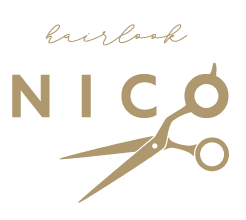Legal practice automation isn’t simply a buzzword. It’s an effective tool that allows law firms to increase efficiency and profits. This article discusses ways to automatize key areas of your business without compromising attorney or client experience or efficiency.
It is easy to start with legal automation for your business. It’s a matter of conducting some research to find the best software and create an action plan to make your automations as effortless as is possible. It is crucial to keep in mind that, the more efficient your business is, the higher the amount of time your lawyers are required to spend on billable tasks and the higher the revenue your business can earn.
The first step in legal practice automation is identifying the non-billable tasks that take up too much time for attorneys. To do this legal firms must conduct an audit to discover how processes can be made more efficient and how much time could be shaved off when these processes were automated.
Next, it’s crucial to recognize the difference between “bespoke” work and standardizable work. The majority of legal assessment and inquiries fall into the second category. This is where automation is the most ripe.
Your law firm can automate repetitive functions by using legal process automation software. These are triggered based on specific events. For example, when an interested client fills out an online form, the system will immediately send an email to the prospective client expressing gratitude the person for their time and letting them know that someone from the firm will contact them in the near future. The system also can create an appointment in the calendar for an initial meeting with the prospective client based upon when the firm’s administrator is available.
